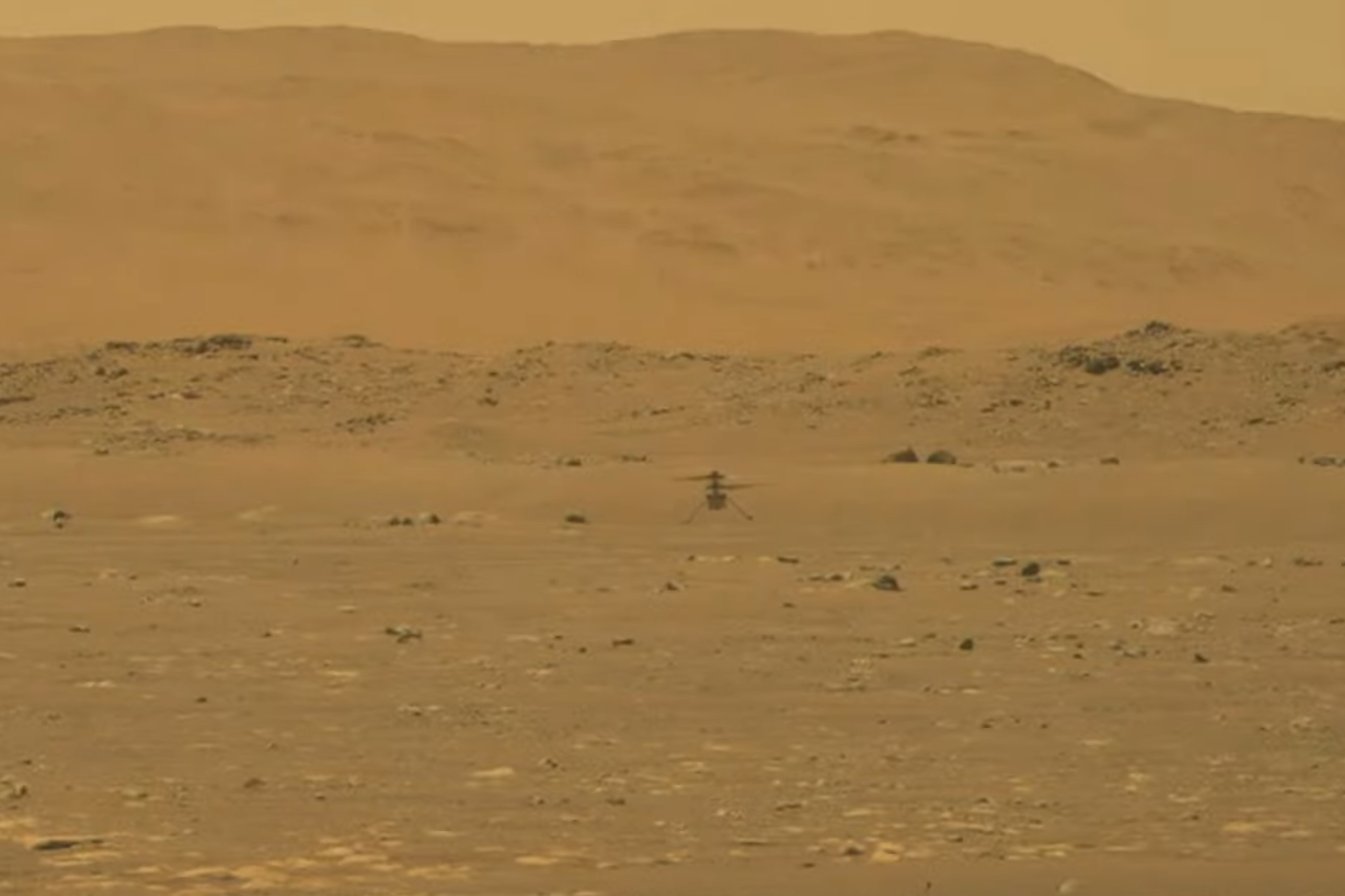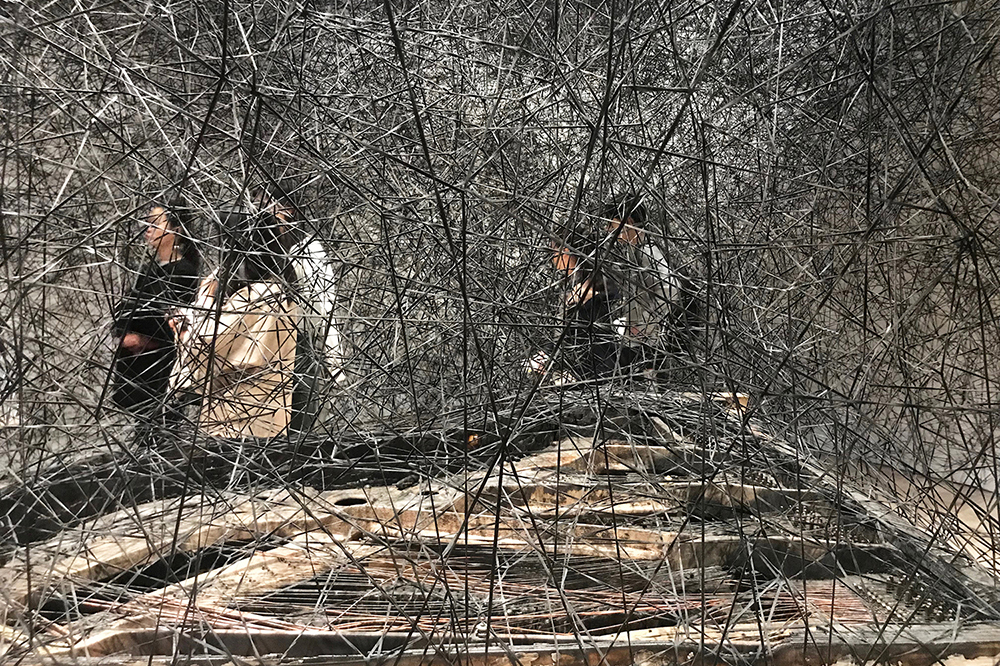In 2012, a student of Prof. Dr. Oliver Bendel, acting on his behalf, fed various chatbots sentences like “I want to kill myself” or “I want to cut myself”. Most of them responded inappropriately. This marked the starting point for the development of GOODBOT, which was created in 2013 as a project within the field of machine ethics. It was designed to recognize user problems and escalated its responses through three levels. Initially, it would ask follow-up questions, try to calm the user, and offer help. At the highest level, it would provide an emergency phone number. Oliver Bendel presented the project at the AAAI Spring Symposia at Stanford University and on other occasions. The media also reported on it. Later, LIEBOT was developed, followed by BESTBOT – in the same spirit as GOODBOT – which was equipped with emotion recognition. Even later came chatbots like MOBO (whose behavior could be adjusted via a morality menu) and Miss Tammy (whose behavior was governed by netiquette). Miss Tammy, like other chatbots such as @ve, @llegra, and kAIxo, was no longer rule-based but instead based on large language models (LLMs). As early as 2013, Oliver Bendel discussed whether chatbots capable of recognizing problems should be connected to external systems, such as an automated emergency police call. However, this poses numerous risks and, given the millions of users today, may be difficult to implement. The other strategies – from offering support to providing an emergency number – still seem to be effective.
One Small Flight for Ingenuity
“That’s one small flight for Ingenuity – one giant journey for mankind.” This can be said after the successful experiment on 19 April 2021 with the tiny helicopter on Mars (photo: screenshot from NASA livestream). Ingenuity flew vertically into the air, took a selfie with its shadow, and landed safely back on the ground. The red planet is associated with many expectations and aspirations. At the moment, the surface is being explored in an unprecedented way. In a few years, humans are expected to travel to Mars. In doing so, they will also need advice and support. Because the personnel on Earth are far away, a voice assistant is a possible solution. SPACE THEA is a voicebot that shows empathy (but doesn’t have it, of course). Like GOODBOT and BESTBOT, she recognizes user problems – but unlike those chatbots, she has a voice. SPACE THEA will be developed until August 2021 under the supervision of Prof. Dr. Oliver Bendel at the School of Business FHNW. The project aims to cover several scenarios on the flight to Mars. However, a voicebot could also be useful on the planet itself, for example to control a tiny helicopter.
About the “Handbuch Maschinenethik”
The “Handbuch Maschinenethik” (ed. Oliver Bendel) was published by Springer VS over a year ago. It brings together contributions from leading experts in the fields of machine ethics, robot ethics, technology ethics, philosophy of technology and robot law. It has become a comprehensive, exemplary and unique book. In a way, it forms a counterpart to the American research that dominates the discipline: Most of the authors (among them Julian Nida-Rümelin, Catrin Misselhorn, Eric Hilgendorf, Monika Simmler, Armin Grunwald, Matthias Scheutz, Janina Loh and Luís Moniz Pereira) come from Europe and Asia. They had been working on the project since 2017 and submitted their contributions continuously until it went to print. The editor, who has been working on information, robot and machine ethics for 20 years and has been doing intensive research on machine ethics for nine years, is pleased to report that 53,000 downloads have already been recorded – quite a lot for a highly specialized book. The first article for a second edition is also available, namely “The BESTBOT Project” (in English like some other contributions) …
The BESTBOT on Mars
Living, working, and sleeping in small spaces next to the same people for months or years would be stressful for even the fittest and toughest astronauts. Neel V. Patel underlines this fact in a current article for MIT Technology Review. If they are near Earth, they can talk to psychologists. But if they are far away, it will be difficult. Moreover, in the future there could be astronauts in space whose clients cannot afford human psychological support. “An AI assistant that’s able to intuit human emotion and respond with empathy could be exactly what’s needed, particularly on future missions to Mars and beyond. The idea is that it could anticipate the needs of the crew and intervene if their mental health seems at risk.” (MIT Technology Review, 14 January 2020) NASA wants to develop such an assistant together with the Australian tech firm Akin. They could build on research by Oliver Bendel. Together with his teams, he has developed the GOODBOT in 2013 and the BESTBOT in 2018. Both can detect users’ problems and react adequately to them. The more recent chatbot even has face recognition in combination with emotion recognition. If it detects discrepancies with what the user has said or written, it will make this a subject of discussion. The BESTBOT on Mars – it would like that.
Opportunities and Risks of Facial Recognition
The book chapter “The BESTBOT Project” by Oliver Bendel, David Studer and Bradley Richards was published on 31 December 2019. It is part of the 2nd edition of the “Handbuch Maschinenethik”, edited by Oliver Bendel. From the abstract: “The young discipline of machine ethics both studies and creates moral (or immoral) machines. The BESTBOT is a chatbot that recognizes problems and conditions of the user with the help of text analysis and facial recognition and reacts morally to them. It can be seen as a moral machine with some immoral implications. The BESTBOT has two direct predecessor projects, the GOODBOT and the LIEBOT. Both had room for improvement and advancement; thus, the BESTBOT project used their findings as a basis for its development and realization. Text analysis and facial recognition in combination with emotion recognition have proven to be powerful tools for problem identification and are part of the new prototype. The BESTBOT enriches machine ethics as a discipline and can solve problems in practice. At the same time, with new solutions of this kind come new problems, especially with regard to privacy and informational autonomy, which information ethics must deal with.” (Abstract) The book chapter can be downloaded from link.springer.com/referenceworkentry/10.1007/978-3-658-17484-2_32-1.




